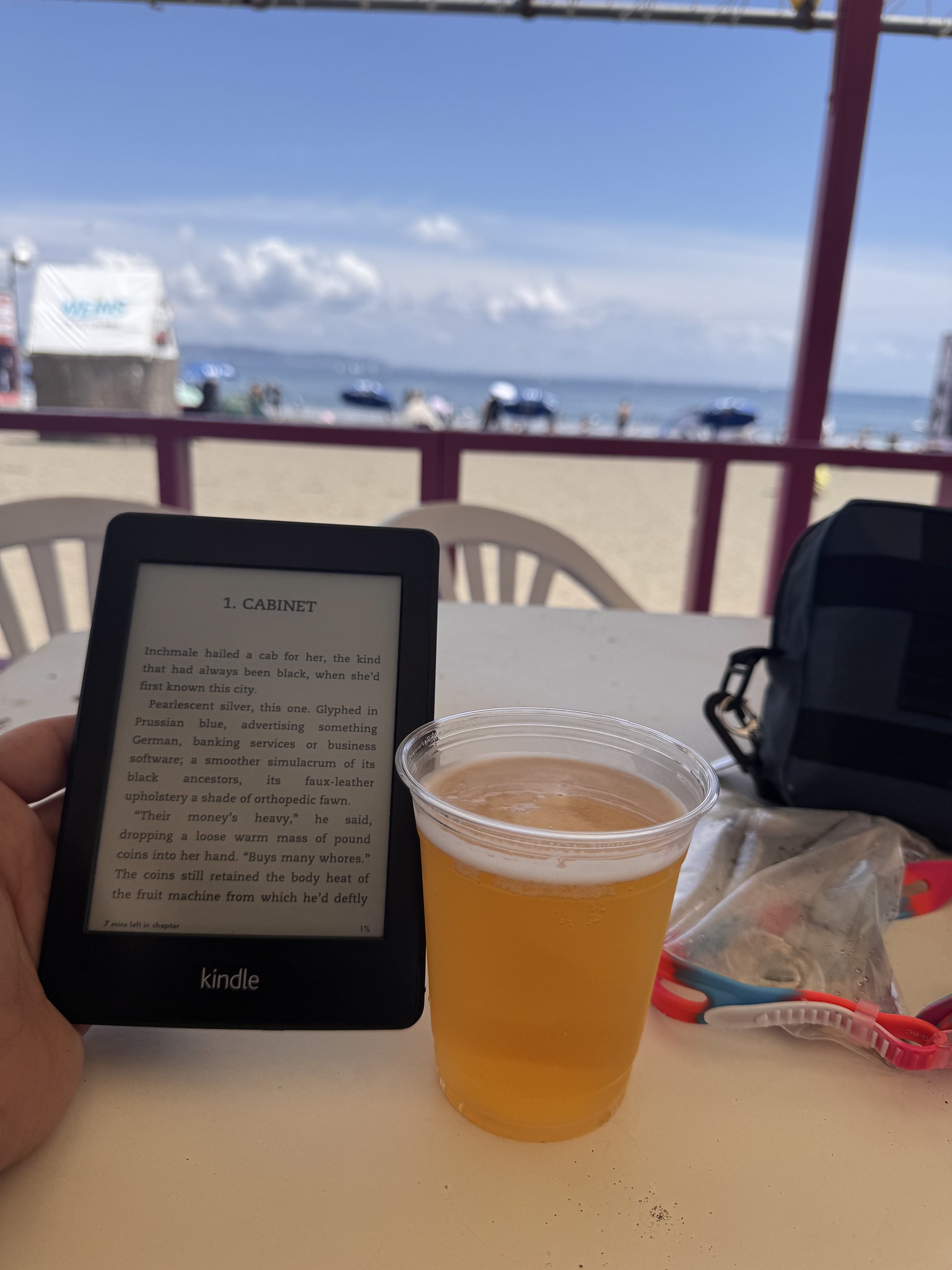DocFugu’s blog. Fighting games in Japan.
-

2025 Tokyo Game Show TGS
I went to the 2025 Tokyo Game Show and took some pictures. Here’s a blog post about some of what I did and saw!
-

2025 Osaka World’s Fair
The World’s Fair in 2025 was held in Osaka, at Yumeshima. A few months back, we got tickets for August, and we spent a day at the World’s Fair 2025-08-07.
-

2025 July Enoshima trip
We got back from an American vacation, and then immediately went to Enoshima to meet some other friends who were visiting from America.
-

2026 Tanaka-Evans Washington Vacation
We continue our 2025 summer vacation in America with travel around Washington state.
-

2026-06 Three Theme Parks in Three Days: Tanaka-Evans 2026 vacation
The start of our 2026 American vacation was busy: we did three theme parks in three days. Here is some writing about that!
-

My experience at EVO Japan 2025
I volunteered at EVO Japan 2025 and had a great time. Here’s some writing about my experience and some pretty pictures.
-

Sleek X Street Fighter Collaboration
Sleek makes hair products and they had a collaboration with Street Fighter with a creative marketing campaign.
-

Six Months with Wizardry: Variants Daphne
An update of how I feel about Wizardry: Variants Daphne after playing it daily for the past six months.
-

Lunch at Onodera Makiyaki Ginza
On Monday, I took my wife to lunch at Onodera Makiyaki Ginza, a French wood-fired oven restaurant. It has been a long time since we went to a fancy restaurant – this place has a Michelin star from the 2025 Tokyo Guide. I made reservations as a Christmas gift a few months back. We used […]
-

Momo Graduates from Daycare
Momo graduated from Day Care 2025-03-01. Here’s a bit about how that went.
-

New Order at Ariake Arena
For my birthday, my lovely wife got us tickets to see New Order when they played in Tokyo 2025-02-27. We had a few months to prepare, so the kids stayed with Grandma and Grandpa, while we met up at Ariake Arena after work. The walk was about 20 minutes from Shinonome station; if I go […]
-
Recent Japan based Fighting game team news
I sat down and wrote up a new blog post. First one in a while. This is looking at some news that happened in Japan the past couple of days. This post looks at Shinobism’s recent announcement, Storm Kubo getting picked up by SCARZ, and Team EVA:e’s dissolution.
Bottom of the blog

